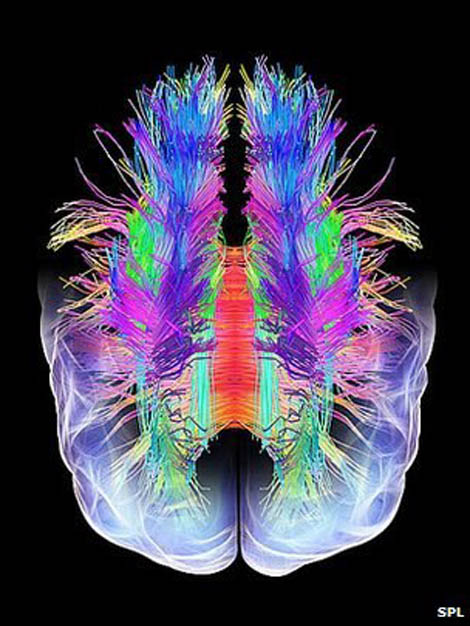 “They neither know nor dream that the dream commands life”, the scientist poet António Gedeão told us one day.
“They neither know nor dream that the dream commands life”, the scientist poet António Gedeão told us one day.
Some current neuroscientists who study the evolution of the brain and the skills that make us specifically human consider, as a working hypothesis, that the dream was the antechamber of consciousness.
Let's look at it in parts. Because sleep is a natural function that is the result of a particular functional state of the brain, it is just as important to your good health as the need to breathe is natural.
During sleep, while the remaining body is at rest relaxed, the brain has considerable activity. One of these activities in particular is characterized by periods called REM sleep (rapid eye movements, or rapid eye movement) which, being brief, is repeated four or five times during a night's sleep. In these periods, we dream.
It is not our place to analyze or review the numerous interpretive theories about dreams. But there is room to spread the idea that, during the long night of the evolution of the human mind (in short, of animals with brains), these dream moments (from the Greek onios, which means dream) exercised the brain's capacity to interconnect sensations experienced during the waking state and retained in memories, creating integrated or imagined compositions but disconnected from the nexus of sensory reality.
These periods (dreams) of composition and integration of apparently disconnected memories may have strengthened the loom of neuronal pathways that, outside of sleep, during wakefulness, were consolidated to produce a new aptitude for the brain: the ability to generate conscious thoughts and possibly independent of sensory reality. So the dream had been the antechamber of the ability to think concretely or abstractly!
Investigating dreams has always been an interesting and sometimes decisive theme for the fate of civilizations. Therefore, it is with enthusiasm that the article published by a team of Japanese researchers is published, in the April 4th online edition of Science magazine.
 It presents the results of the study performed by functional magnetic resonance imaging (fMRI) of people dreaming. Using an algorithm developed for this purpose, the researchers were able to decode brain activity and predict with an accuracy of about 60% the images that the people studied were dreaming.
It presents the results of the study performed by functional magnetic resonance imaging (fMRI) of people dreaming. Using an algorithm developed for this purpose, the researchers were able to decode brain activity and predict with an accuracy of about 60% the images that the people studied were dreaming.
This visualization of dreams, now possible due to the great development seen in brain imaging techniques in recent decades, may allow new tools for diagnosing disorders and pathologies in a closer approach to each individual case. In fact, this new tool allows us to tell us that we still don't know what we're going to find, which islands or continents neuroscientists will discover in the sea of dreams.
The publication of this article comes in the same week that the US, through its President Barack Obama, has just announced the budget (100 million dollars for the year 2014) for a new and ambitious program of research in neuroscience.
The project, presented by the designation "Brain Research Through Advancing Innovative Neurotechnologies”, or simply “BRAIN”, aims to “accelerate the development and application of new technologies that allow researchers to produce dynamic images of the brain, showing how individual cells and complex neural systems interact at the speed of thought”.
New ways to discover the future of knowledge open up. It is the brain that decides to know itself. Unraveling the immemorial dream of our evolution.
Author Antonio Piedade
Science in the Regional Press – Ciência Viva


















Comments